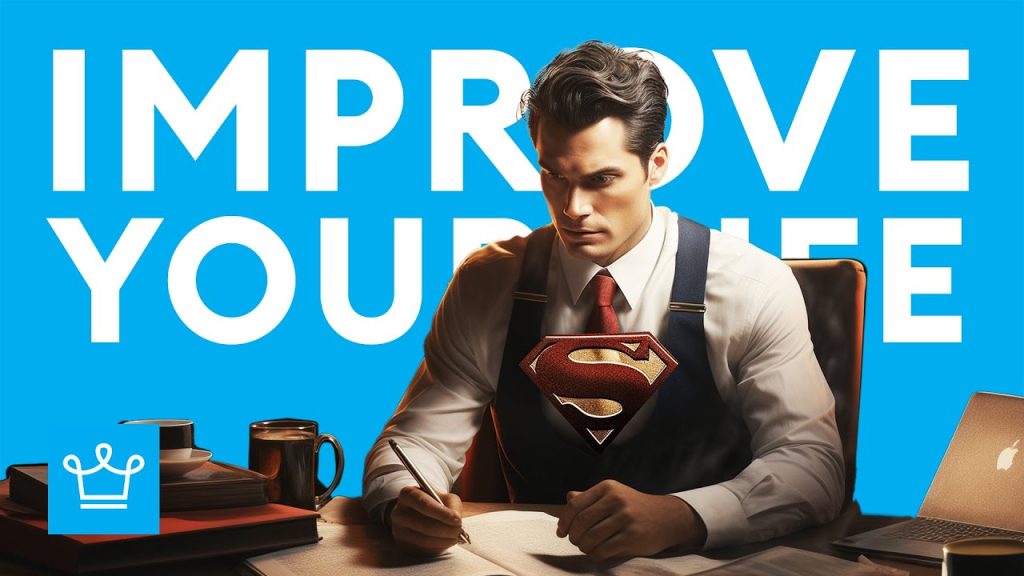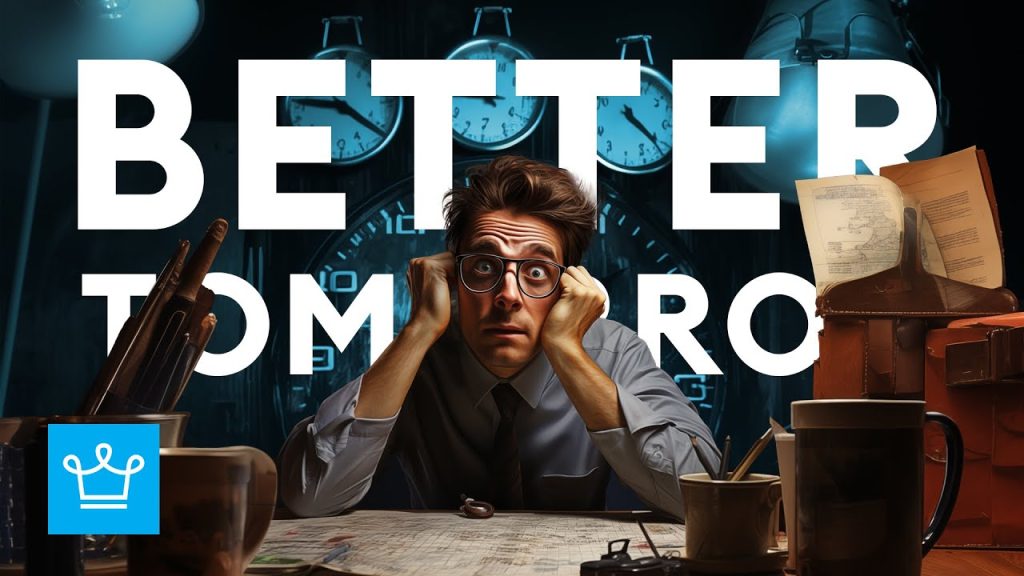How Louis Vuitton Overtook Every other Brand on the Luxury Highway
Hello Aluxers, it’s great to have you with us today as breaking down how Louis Vuitton became the luxury giant that it is today.
In this article we’ll be looking at how the company came to be, the strategy they used, the struggles they had to overcome and if you read until the end, you’ll learn what the future holds for the luxury industry.
- Louis Vuitton: The Big Picture
- The Beginning
- The Struggle
- Strategy
- The Defining Moment
- The Value
- Controversy
- The Results
- The Future
- Closing
- Question
Here’s the full LV story in a video, packed for the Aluxers who like some colors along with the news:
With that said, let’s dive into the story. But first, let’s start with some numbers:
Louis Vuitton: The Big Picture
Let’s begin with the facts as a company celebrating 165 years in business will carry many incredible achievements that some may believe as fiction.
As of May 2018, Louis Vuitton is recorded as the 15th most valuable brand in the world sitting amongst the most reputable luxury brands as a division of LVMH ( Louis Vuitton Moet Hennessy ).
Headquartered in Paris, France this $33 Billion dollar company delivered $12.9 Billion in sales from products such as it’s well-known trunks, handbags, shoes, watches, jewelry, leather goods, and perfume.
As a fashion house and luxury retail giant with more than 121 thousand employees throughout its 460 stores in 65 countries worldwide, LV casts a colossal shadow over their competitors such as Burberry, Gucci, and Prada to name a few.
But how did it all start?
The Beginning
Birthed in Paris, the City of Love, in 1854, Louis Vuitton Malletier [Mae-lae-tee-air] through mere observation realized that trunks at that time though they adorned rounded tops to assist with the runoff of water, they couldn’t easily be stacked and so he introduced the flat-topped trunks with Trianon canvas, making them considerably more lightweight and airtight.
We can imagine with such a simple idea Louis Vuitton may have appeared as revolutionary as his flat top trunks did revolutionize the world of hand luggage however at the beginning of his journey he may not have realized that history was about to be made.
Louis Vuitton was born on August 4, 1821, in Anchay to Coronne Gaillard [Ko-Ron Gha-yard], a milliner, and his father, Xavier Vuitton [XA-vee-air], a farmer. He arrived in Paris at the age of 16 after leaving his home in eastern France on foot after the passing of mother.
He became the apprentice of Monsieur Maréchal [Ma-Rae-chal], as a box maker and packer, where he stayed for 17 years. What we may consider in society today as a low-end job, during that time, travelers hired craftsmen to build boxes to protect and pack their personal items as it was a time where carriages, trains, and boats were the main forms of transportation.
If you think your luggage gets handled roughly at airports now, imagine your luggage on the back of a horse driven carriage.
Becoming highly sought after for his services, Louis Vuitton got the attention of the Empress of France, Eugenie de Montijo [U-genie d? monti?o] and he was appointed as her personal packer and trunk maker.
You may not recognize the name Eugenie de Montijo but maybe you’ll recognize her husband’s, Napolean III, yes the first elected king of France, you definitely can’t ask for a better break into business than getting hired by the wife of the King.
With such success and now having access to elite clientele Louis Vuitton began receiving personal orders from as far as Egypt from the Khedive, Isma’il Pasha. He expanded into a larger workshop in Asnieres [ass-nee-air], a village outside Paris in the mid 18th Century (1859).
The Struggle
In the mid-late 18th Century (1870) the Franco-Prussian War ground a halt to Louis Vuitton’s business as the war created civil unrest that brought the French Empire to an end. When the war was over and the smoke cleared a year later, Louis Vuitton returned to find the village and his shop in ruins, his equipment that was not destroyed by the war was stolen and his staff had long evacuated the city.
Regardless of this situation Louis Vuitton coming from a lineage of hard workers worked diligently and within months he reopened his shop. What else would you expect from someone willing to walk 300 Miles by foot to seek a better life?
With his shop reopened and with the growing popularity of Louis Vuitton trunks, competing luggage and trunk makers began to imitate his design. In an effort to protect his work, Louis Vuitton changed the Trianon canvas design to beige and brown stripes.
However just three years after opening his first store on Oxford Street, London, Louis Vuitton was faced with having to deal with replicas of his designs reappearing. Furthering his efforts to protect his brand he created the Damier Canvas which bore a mark that reads “marque L. Vuitton déposée”, which translates into “L. Vuitton registered trademark”.
Strategy
Louis Vuitton began positioning his products as a global brand exhibiting at locations in Paris and across the United States which continued even after his death. He was regarded as a specialist packer for the discerning traveler who in that era were exploring the new trade and shipping routes.
In tribute to his father, Georges Vuitton launched the signature LV Monogram Canvas and it was with this they were also able to curtail the counterfeiting of their innovative designs which now included their Steamer Bag, a smaller piece of luggage designed to be stored inside Vuitton luggage trunks gaining them worldwide recognition.
The Defining Moment
The crowning moment came when the Louis Vuitton Company opened their largest store on the Champs-Elysees. It was the largest of its kind in the world at the time. Expansion continued as they opened store locations in New York, Washington, London, Alexandria, Bombay, and Buenos Aires.
The Value
Luxury brands and luxury products are differentiated by their exceptional quality, they possess a level of creative audacity, they are rare, unique and to those that buy them, the price is not an issue. Louis Vuitton placed absolute quality and tradition at the core of the company by having their products hand made by expert craftsmen using the finest materials.
When you purchase one of Louis Vuitton products it is not merely a bag or a trunk that is purchased, you’re purchasing its heritage, its craftsmanship, its timeless qualities, and last but not least Louis Vuitton bags are waterproof and fireproof.
With such value and demand, it is almost understandable why Louis Vuitton is ranked in the top ten pirated luxury brands in the world especially in Asian countries with losses estimated at 323 Billion USD just last year. LVMH with their team of attorneys and private investigators have been proactive in regard to protecting their brand, currently spending an estimated 18.5 Million USD a year.
Apart from the obvious expense incurred by the company and being deprived of profit, counterfeiting ruins the uniqueness, exclusivity and perceived quality of the brand. Luxury brands ensure that high quality is the only perception any consumer should have about their products.
Resource: Richest Companies in the World | TOP 10
Controversy
Though with the many strides in innovation and growth the Louis Vuitton Company did not escape unscathed from a few troubled times over the years.
In the French book Louis Vuitton, A French Saga, by Stephanie Bonvicini it was said that Louis Vuitton associated with the Nazis during the German occupation of France, collaborating with the government led by Marshal Philippe Pétain and increased their wealth from doing business with the Germans.
Fast Forward to the 20th century Louis Vuitton faced off with Danish art student Nadia Plesner in 2007 for allegedly infringing on their intellectual property rights using what appeared to be a representation of one of their designer bag in an illustration entitled, “Simple Living”.
The court ruled in favor of Louis Vuitton noting that the illustration did clearly infringe on their copyright. This was short lived as Nadia Plesner continued using the image, justifying it as artistic freedom and a court in the Netherlands later ruled in her favor.
If you’re looking to learn more about the brand, check this out: 15 Things You Didn’t Know About Louis Vuitton.
The Results
The Louis Vuitton brand maintained its focus on becoming world leaders in the fashion and luxury retail industry. With their monogram revamped so that it can be used on a variety of products Louis Vuitton merged with Moet et Chandon and Hennessy in the mid-late 19th Century (1987) Thus the conglomerate we know today as LVMH was born.
Needless to say over the next year they saw an astounding 49% increase in sales as they opened 130 stores worldwide.
To stay current with emerging trends, Louis Vuitton brought on designer Marc Jacob as their artistic director and for 16 years he guided the company through some of their most memorable releases such as the “prêt-à-porter” line of clothing, the Monogram Vernis line, and the Louis Vuitton City Guide
While most have been worried about the trade wars between the US and China, LVMH has been a driving force all on their own within the luxury industry. LVMH has still been able to increase sales of their luxury retail items and record growth in their wine and spirits section.
Steve Jobs, someone Bernard Arnault, CEO of LVMH admired greatly told him
“You know Bernard, I don’t know if in 50 years my iPhone will still be a success but I can tell you, I’m sure everybody will still drink your Dom Pérignon.”
Steve Jobs Very Well may be Right.
We can definitely see from the humble apprenticeship days of Louis Vuitton Malletier to the powerhouse that is now LVMH that success does not happen overnight and you have to be prepared to go through your fair share of wars and transformations to be successful.
The Future
Louis Vuitton has recognized that consumers have been wanting more options to customize their purchases so they have the sense of owning an unique item and there is now a growing interest in seeing brand collaborations.
Especially since their successful collaboration with pop artist Jeff Koons and their pop-up shop campaign with SUPREME, one of the most influential street fashion brands. Those creative collaborations showed innovation in the way Louis Vuitton wanted to connect with their consumers.
In fact a couple of years ago with the help of their new Chief Digital Officer, Ian Rogers, LVMH launched 24 Sèvres, a website for Le Bon Marché, one of LVMH’s department stores in Paris. The website was designed to peak user experience with exclusive selections as well as the opportunity to have a video call with a stylist in Paris.
We will continue to see Louis Vuitton as part of this conglomerate acquire more brands, one being that of Christian Dior two years ago for $13.1 Billion. Recently they named Virgil Abloh as their artistic director of menswear which spurred another round of collaborations.
Moët & Chandon created an exclusive collaboration with Virgil Abloh, releasing limited edition bottles, distinguishable by the words DO NOT DROP on the side, as well as the luxury luggage brand Rimowa, which happens to be one of the companies LVMH also bought 3 years ago, teamed up with Virgil to create a one of a kind transparent polycarbonate carry-on suitcase.
We can’t forget to mention LVMH’s present collaboration with Rihanna’s FENTY, which has given momentum to their perfumes and cosmetics division. Fenty Beauty has been under development with Kendo Holdings, the LVMH Group incubator for beauty brands for the last 3 years.
So why only the recent buzz? When you’re creating a product that carries 91 variations, exclusively with Sephora and orchestrating a simultaneously unveiling at 1,600 stores in 17 countries, it may take a while.
“We are confident for 2019, which got off to a good start, but we’re not in control of the global environment,” CEO of LVMH, Bernard Arnault. LVMH has been keeping an eye on the demand for their luxury goods in China, though there has been more demand in the last 4 months they still observed a shift in consumer spending.
Resource: 15 Jobs That Will Thrive in the Future
Closing
Despite the fear around trade wars and exits from unions, the personal luxury goods market has seen an increase in revenue over the last 9 years.
Though facing shifting economic trends, digital transformation and the ever-evolving consumer needs creating new competitive landscapes nullifying traditional strategies, the luxury industry will continue to grow. This growth has widely been to the increase in consumption in Asian countries.
With emerging technologies and the luxury shopper getting younger luxury brands have to innovate and adapt to their needs and how they communicate with them. Be it through personalized user experiences with Augmented Reality or increasing their expenditure on marketing through social media.
The main concern of any luxury company right now in this digital era would be how to stay connected, how to engage consumers and not compromise their brand or lose exclusivity.
Louis Vuitton has struck a balance between exclusivity and accessibility, they couldn’t have positioned themselves any better. I do see them improving some of their online applications in the future to stay competitive however in this vast empire, they definitely are king!
Question
What do you think Aluxers? Is Louis Vuitton still relevant in your perception or would you go for a different brand? Let us know what you think in the comments down below!






